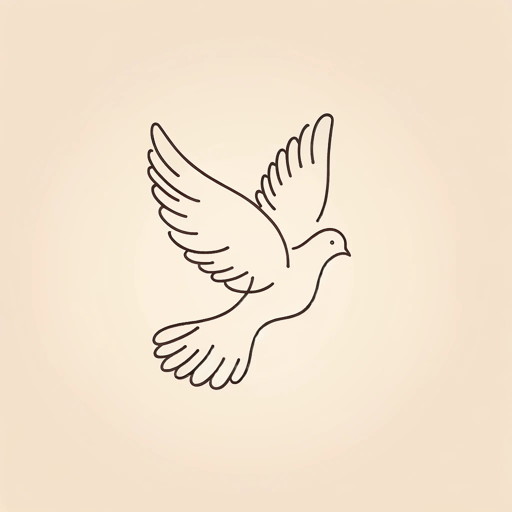34 pages • 1 hour read
James H. ConeThe Cross and the Lynching Tree
Nonfiction | Book | Adult | Published in 2011A modern alternative to SparkNotes and CliffsNotes, SuperSummary offers high-quality Study Guides with detailed chapter summaries and analysis of major themes, characters, and more.
Chapter 4Chapter Summaries & Analyses
Chapter 4 Summary and Analysis: “The Recrucified Christ in Black Literary Imagination”
Cone begins the chapter by pointing out that throughout history, it has been the case that “[m]ost black artists were not church-going Christians” (139). They were, however, deeply concerned people who could see pain and suffering in the world. At the same time, they were still formed by the Christian imagination by way of the culture. Even if artists weren’t practicing and deeply pious Christians, they seemed to be the people most capable of linking the cross and the lynching tree. To Cone, this is a curious thing: “What enabled artists to see what Christian theologians and ministers would not?” (139). What allowed the artistic vision to make this connection when the philosophers, theologians, and preachers so often failed to do so?
Cone’s diagnosis is that it takes a deep imagination to make this connection, an imaginative approach to life that many analytical thinkers do not possess. In their experience, “lynching and Christianity were so much a part of the daily reality of American society that no black artist could avoid wrestling with their meanings and their symbolic relationship to each other” (141). The artist is the one who is most likely to live in the heart of the community and encounter normal, average people, and thus, they are most likely to connect to the average lived experience of those suffering and in need.

